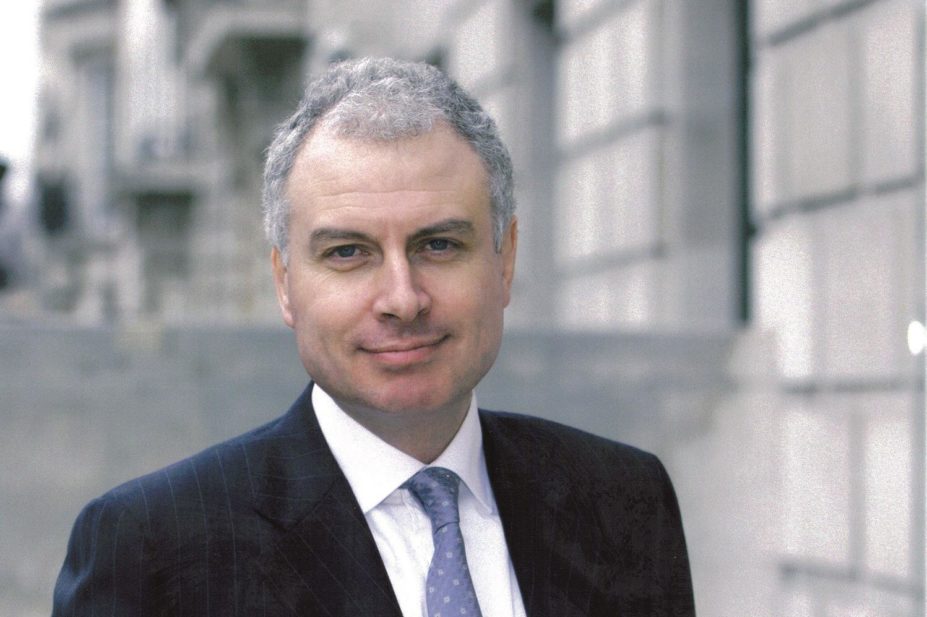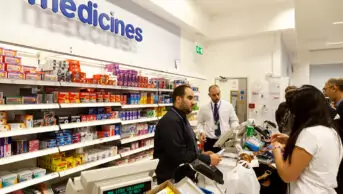
National Association of Primary Care
Pharmacists working with primary care networks, as set out in the ‘NHS Long-Term Plan’, should keep working from their pharmacy rather than from a GP surgery, the president of the National Association of Primary Care (NAPC) has said.
Speaking to The Pharmaceutical Journal, James Kingsland said pharmacists are “best placed” in their community pharmacy “where they can have their own interactions with patients”, adding that some GPs are having to “shed the cost” of their employed pharmacist after funding has run out.
His comments follow the publication of the ‘NHS Long-Term Plan’ on 7 January 2019, which proposed plans to fund “expanded community multidisciplinary teams aligned with new primary care networks” of GP surgeries covering between 30,000 and 50,000 patients.
The document describes the multidisciplinary teams as comprising “a range of staff”, such as pharmacists, district nurses and community geriatricians.
The NAPC launched 15 pilot ‘primary care homes’ — a type of primary care network — in October 2015, with more than 200 sites now following the model.
Kingsland said: “We’ve taken a slightly different view than just putting a pharmacist in general practice because — while I think it’s a good start — sometimes I hear: ‘We’ve got a pharmacist to help the general practitioner,’ which I think is the wrong view.
“It’s the community pharmacist working as part of a multidisciplinary team, and what we’re trying to do in the primary care home is not move the pharmacist out of where they are historically and sometimes best placed — the community pharmacy — where they have their own interactions with patients.
“What we’re saying is the community pharmacies and the general practices in the area need to work collectively in a different way.”
He added that community pharmacists and GPs will “probably have aligned incentives that we’ve not had before” in the future, such as incentives for flu vaccination.
He continued: “Already we’re seeing that some pharmacists who were employed by general practice and supported financially over a three-year period are now having some difficulties because that finance has run out and GPs can’t sustain the employment and are starting to either think of different ways of managing the cost or shedding the cost, which is very short sighted.”
In 2016, NHS England committed to investing £100m to support bringing an extra 1,500 pharmacists into general practice, but the funding for practices is non-recurring.
When asked how pharmacists employed in community pharmacies would be involved in the primary care networks, a statement from NHS England said that “however they are employed”, clinical pharmacists will be well placed to play an even greater role in the optimisation of medicines.
Keith Ridge, chief pharmaceutical officer at NHS England, said: “The ‘NHS Long-Term Plan’ is full of fantastic opportunities for pharmacy professionals working together across all sectors. It builds on the strengths of clinical pharmacy in hospitals, and sets out plans for a great future for clinical practice in primary care, urgent care and care homes.”
You may also be interested in

Tackling the NHS drug budget: why we set up a regional collaboration for medicines value

Lack of joined-up working between pharmacy and general practice is ‘nonsensical’, says former BMA chair
